Kaman Seasprite Royal Australian Navy
Production Time 9 to 10 weeks
Shipment is by FedEx, UPS or DHL International Express Courier with a normal door-to-door delivery time worldwide of within 2-3 business days after dispatch. Due to the current volatility of world fuel prices, the amount mentioned here is our best estimate for DHL and UPS and may be subject to change at the time of shipping.

Model Description: Kaman Seasprite Royal Australian Navy Wood Replica Scale Custom Model Helicopters
Manufacturer: Kaman
Rotor Diameter: 13.4 Inches (34 Centimeters)
Height: 4.7 Inches (11.9 Centimeters)
Scale: 1:39
$239.50
Production Time 9 to 10 weeks
-
United States dollar ($)
-
Pound sterling (£)
-
Euro (€)
-
Australian dollar ($)
-
Canadian dollar ($)
-
Singapore dollar ($)
-
Swiss franc (CHF)
-
Japanese yen (¥)
-
Danish krone (kr.)
-
Hong Kong dollar ($)
-
Norwegian krone (kr)
-
Swedish krona (kr)
-
United Arab Emirates dirham (د.إ)
General Product Description
Our PlaneArts Kaman Seasprite Royal Australian Navy model exhibits unique, unrivaled quality and detailed design to come as close as possible to the accuracy of the actual aircraft. It comes as standard with a robust, durable base or stand which is available in a variety of different finishes designed to match your own personal requirements including solid wood, wood with polished metal supports or adjustable wood wall mount and will be ready within about 9-10 weeks from placement of order.
The Kaman Seasprite Royal Australian Navy model is made of the finest kiln dried renewable mahogany wood (commonly known as Lauan or Meranti) which has undergone many stages of carving and meticulous and careful sanding giving the beautiful, finished museum quality masterpiece. Many collectors and model connoisseurs demonstrate their preference for genuine handmade and hand painted mahogany wood models rather than plastic or die cast (diecast) alternatives due to the overall look and totally different feel of the item - we trust you will find the same. We can however, if required produce the same model in Solid Cast Resin so just click and contact us for further information. Our craftsmen and gifted artisans ensure that our finely handcrafted model airplanes match the precise blueprint details of the original aircraft. The paint scheme, markings and parts are closely matched, reflecting the original aircraft. This stylish top-quality desktop replica model will surely enthrall anyone who receives this as a gift and for sure one of the most appropriate and desirably collectable gifts for any aviation enthusiast and avid helicopter model collector whilst also displaying a perfect resemblance to the actual real life heli.
If you require, we can also make the Kaman Seasprite Royal Australian Navy model in any other airline, private livery or colour scheme you require and if necessary, in a different size or scale. Just click here to contact us with a description or photographs of what you require, and we will let you have a quotation for the necessary customization by return email. We can also make bespoke scale replicas of any other private / civil commercial airliner or airliners, helicopter, glider, gliders with engines, military jet, warplane jets, propeller warplanes, biplane, triplane, tail fin, spacecraft, rocket or NASA model you require in any airline, military or civilian livery or colors. We also produce model airships, blimp, dirigible, blimps, boat and ship collectibles. Wall plaque or seal for military, government or private customers. Again, by clicking here to contact us just let us know exactly what you need.
The Kaman SH-2 Seasprite in the Royal Australian Navy: A Versatile Maritime Asset
The Kaman SH-2 Seasprite helicopter has been an integral part of maritime operations for several navies around the world, including the Royal Australian Navy (RAN). Initially designed in the 1950s for the United States Navy, the Seasprite was adapted over the decades to serve a multitude of roles. The Royal Australian Navy utilized the Seasprite in a variety of capacities, showcasing the helicopter’s versatility and reliability. This article explores the key features and roles of the Seasprite within the RAN, highlighting its contributions to Australia’s maritime capabilities.
The Seasprite’s Role in the Royal Australian Navy
The RAN’s adoption of the Seasprite enhanced its fleet with a multi-role capability that significantly boosted its operational effectiveness. The helicopter was primarily deployed on frigates and destroyers, extending the ships’ capabilities in terms of surveillance, reconnaissance, and precision strike operations.
Anti-Submarine Warfare:
Equipped with dipping sonar and magnetic anomaly detectors, the Seasprite excelled in anti-submarine warfare. This capability allowed RAN’s surface combatants to detect and engage submarine threats at considerable distances, providing a substantial layer of defense against underwater threats.
Surface Warfare:
The Seasprite was also armed with anti-ship missiles and torpedoes, making it a formidable asset in surface warfare. It could engage surface targets independently or in coordination with other naval assets, thereby enhancing the lethality of the fleet.
Search and Rescue:
With its capability to operate in harsh maritime environments, the Seasprite served as an effective search and rescue platform. Its range and speed enabled the RAN to perform timely rescue operations, significantly improving survival rates in maritime accidents or disasters.
Electronic Warfare:
Some Seasprites were equipped with electronic sensors and countermeasures, which played a crucial role in electronic warfare. They provided the fleet with vital electronic surveillance and were capable of carrying out electronic attacks, disrupting enemy communications and radar systems.
Challenges and Controversies:
Despite its success, the Seasprite program in Australia faced several challenges and controversies, particularly with the upgrade programs intended to extend its service life. Issues with integrating modern systems into the existing platforms led to delays and cost overruns. Eventually, the Australian government decided to cancel the Seasprite modernization program due to these unresolved issues, marking a premature end to its service.
Conclusion:
The Kaman SH-2 Seasprite served the Royal Australian Navy with distinction in multiple roles across several decades. Its versatility and robustness made it a valuable asset in enhancing Australia’s maritime security. Despite the challenges it faced, the Seasprite remains a notable example of a military helicopter adapting to meet the evolving demands of modern naval warfare. The legacy of the Seasprite in the RAN is a testament to its significant role in shaping the capabilities of modern naval forces.
| Weight | 4 kg |
|---|---|
| Dimensions | 16 × 13.4 × 4.7 in |
Be the first to review “Kaman Seasprite Royal Australian Navy” Cancel reply
Similar Models
Helicopters
Helicopters
Military Airplanes - Propeller
Helicopters
Helicopters
Helicopters
Military Airplanes - Propeller
Military Airplanes - Propeller
Military Airplanes - Propeller
Military Airplanes - Propeller
Private & Civilian
Military Airplanes - Jet
McDonnell Douglas FA-18 Hornet Royal Australian Air Force RAAF
Military Airplanes - Jet
McDonnell Douglas F-18 Hornet Royal Australian Air Force’s RAAF
Military Airplanes - Jet
Tanks & Armored Vehicles
Military Airplanes - Propeller
Military Airplanes - Propeller
Military Airplanes - Propeller
Military Airplanes - Propeller
Military Airplanes - Propeller
Private & Civilian
Private & Civilian
Private & Civilian
De Havilland DH.83 Fox Moth Australian Flying Doctor Service
Private & Civilian
Private & Civilian
Military Airplanes - Jet
Military Airplanes - Propeller
Military Airplanes - Propeller
Military Airplanes - Propeller
Military Airplanes - Jet
Military Airplanes - Jet
Helicopters
Military Airplanes - Jet
Military Airplanes - Jet
Military Airplanes - Jet
Private & Civilian
Private & Civilian
Private & Civilian
Private & Civilian
Military Airplanes - Jet
Military Airplanes - Jet
Helicopters
Military Airplanes - Jet
Military Airplanes - Jet
Military Airplanes - Jet
Military Airplanes - Jet
Private & Civilian
Tail Shields & Flashes, Plaques & Seals
Helicopters
Private & Civilian
Military Airplanes - Propeller
Helicopters
Military Airplanes - Jet
Private & Civilian
Military Airplanes - Propeller
Military Airplanes - Propeller

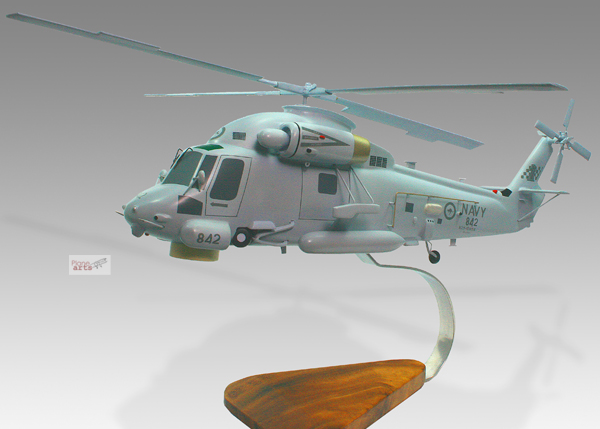
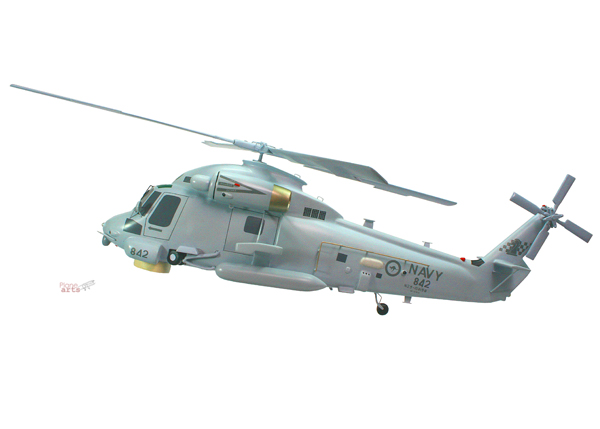
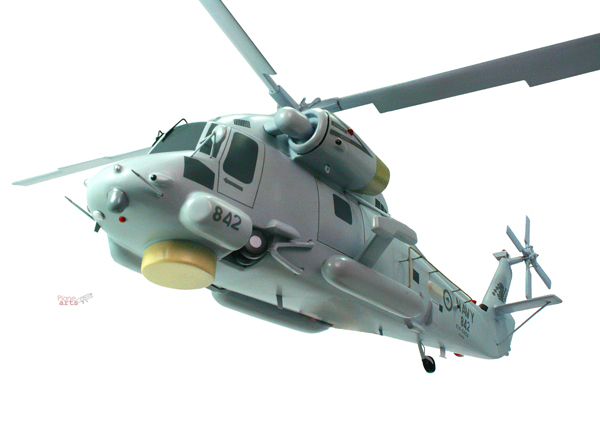
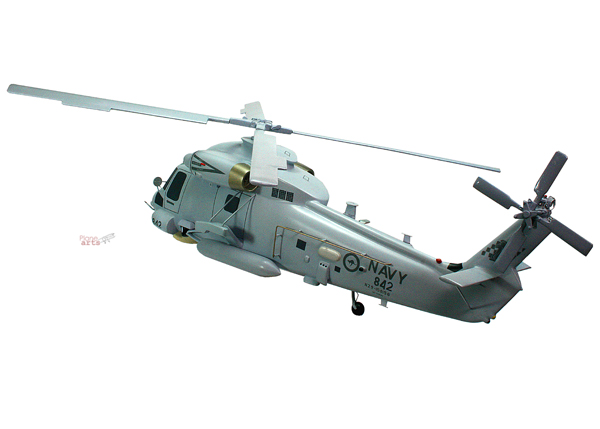

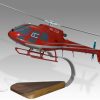
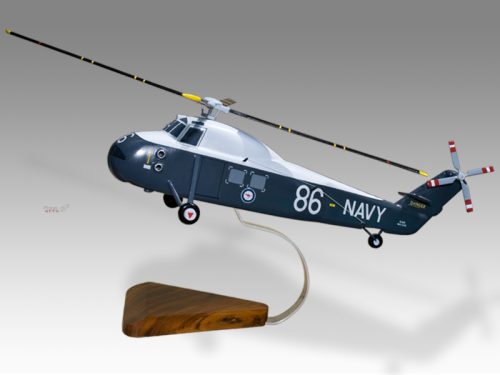
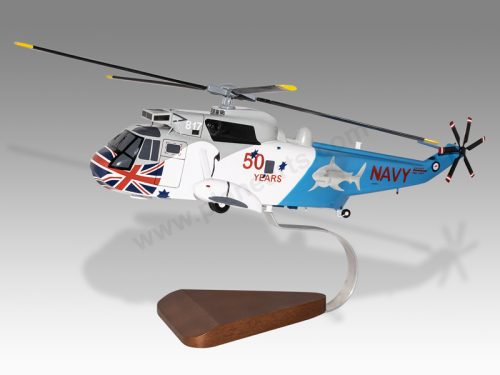
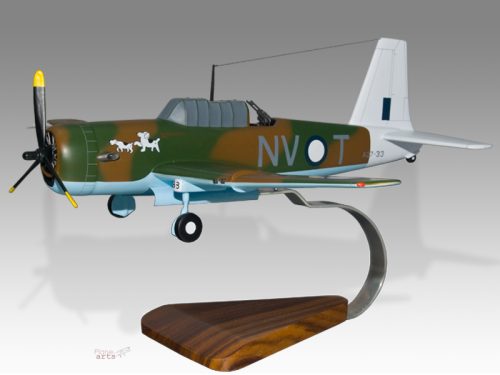

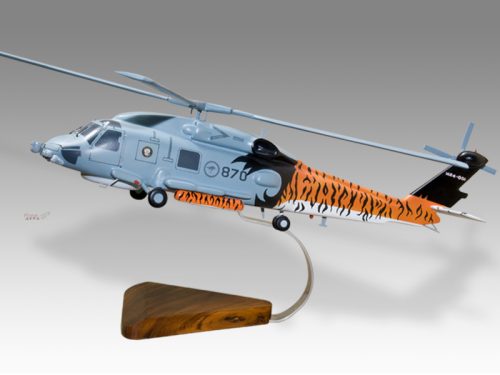
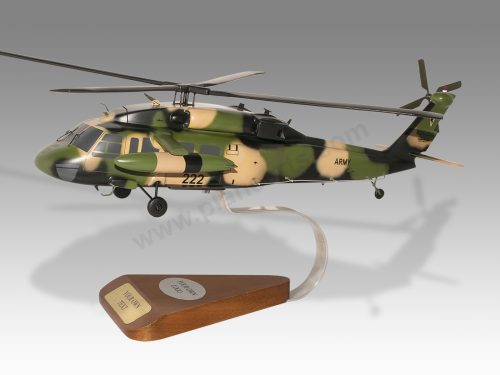

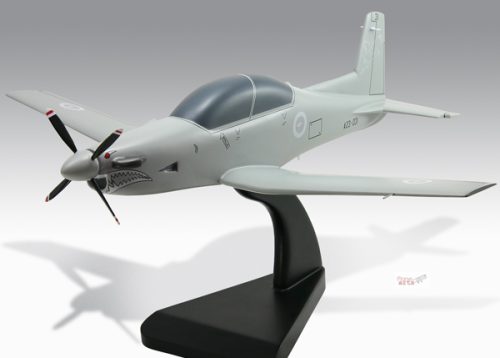
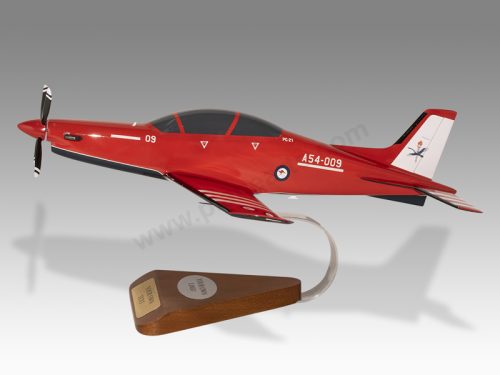
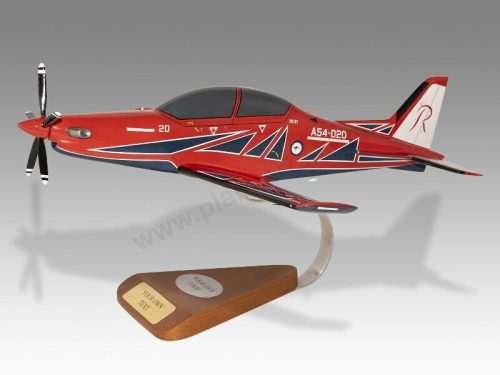
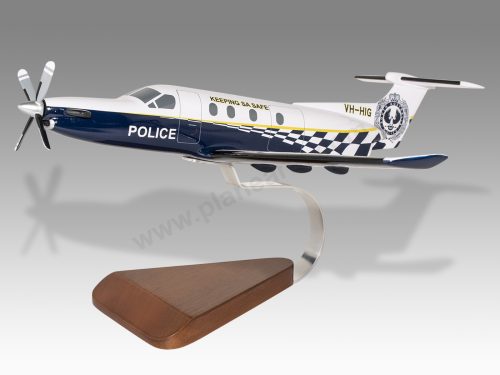
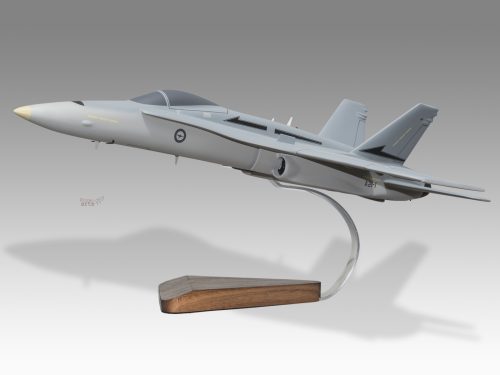
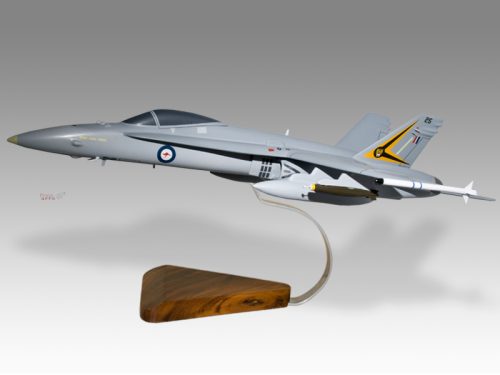

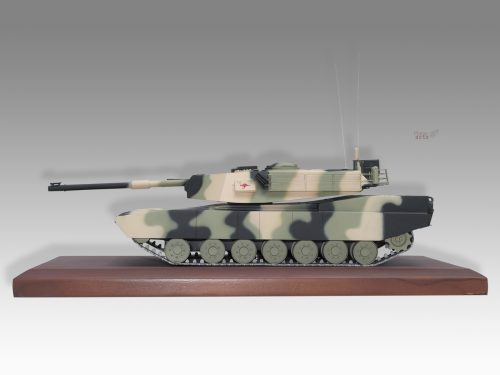
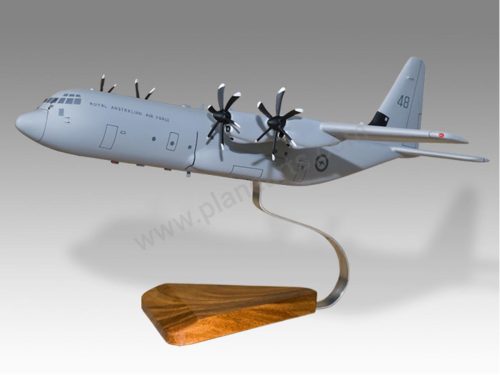

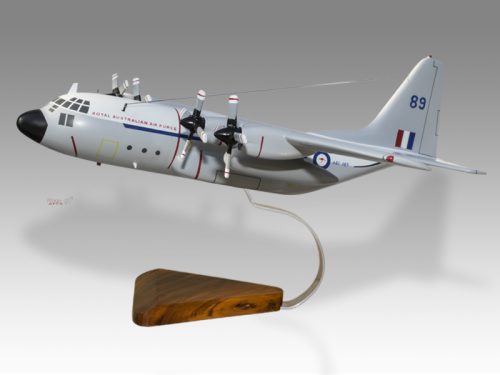
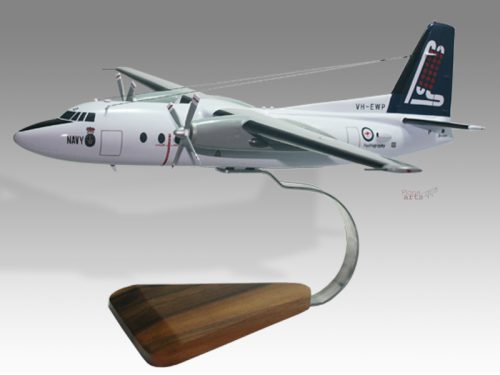
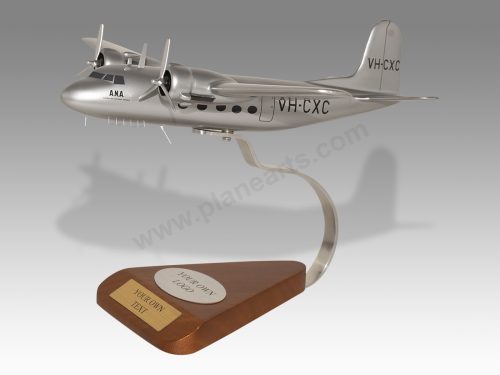




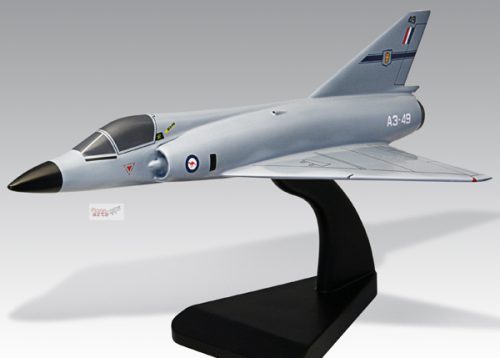
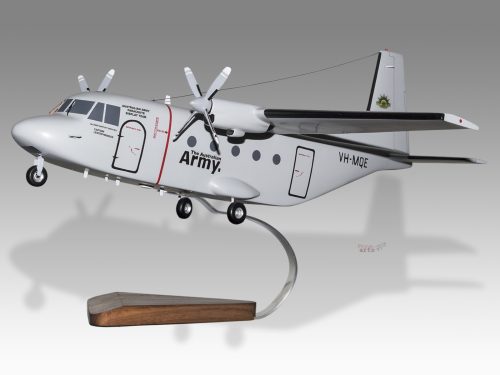

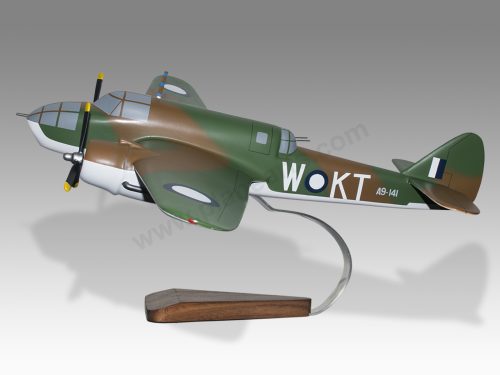
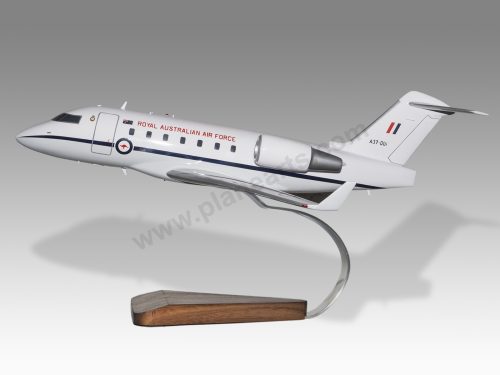

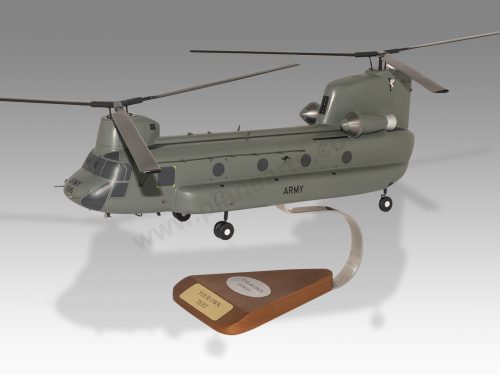

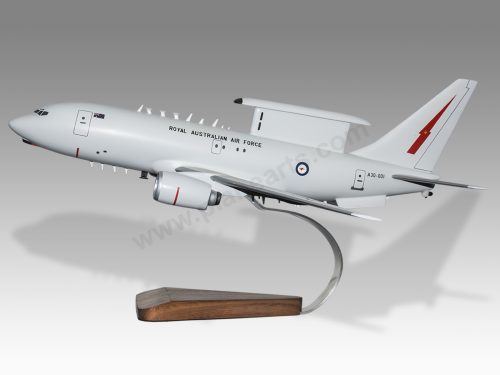
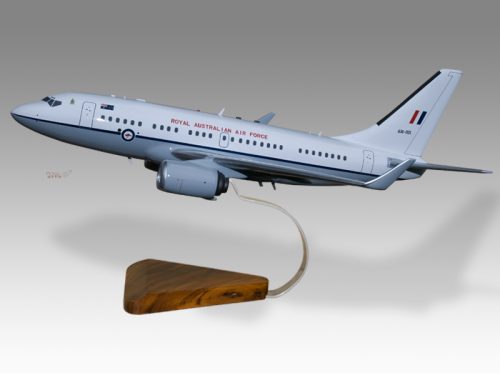

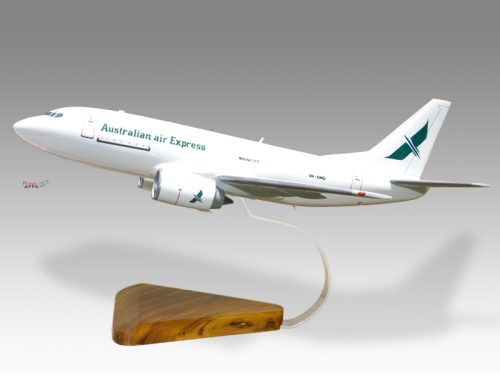


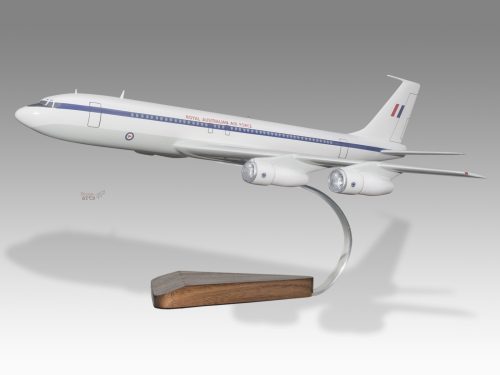
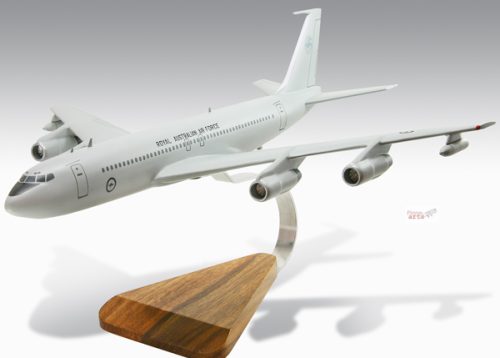
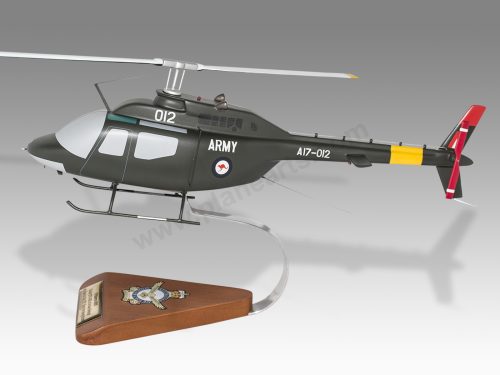
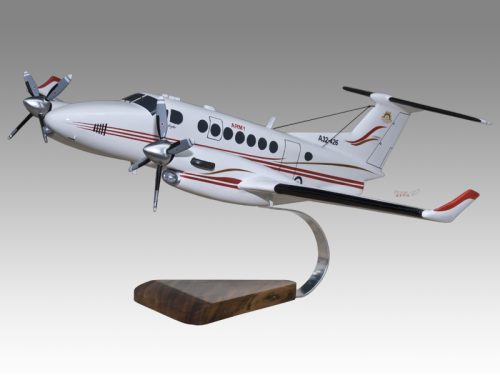

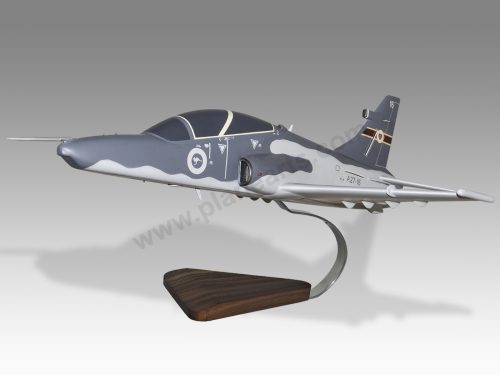
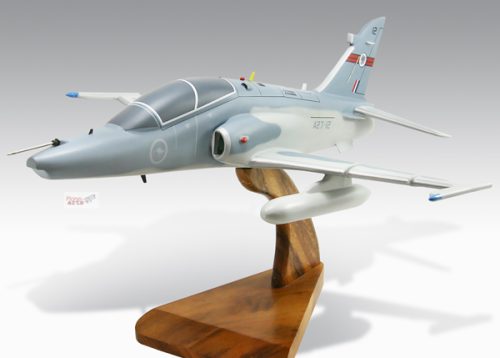
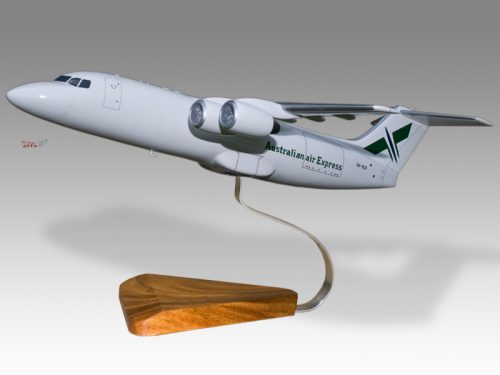
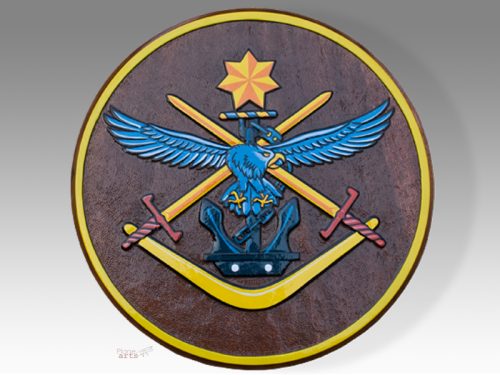
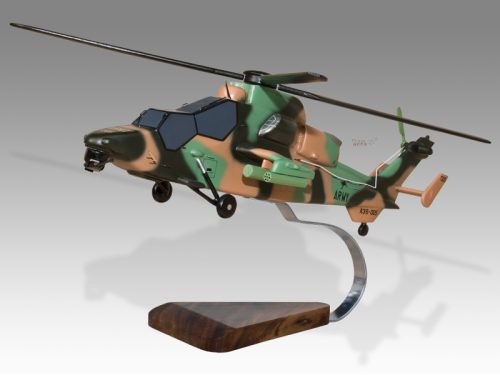
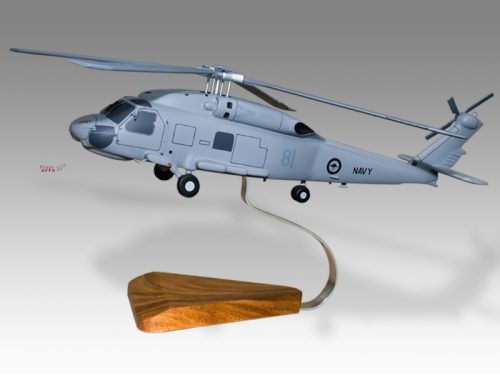
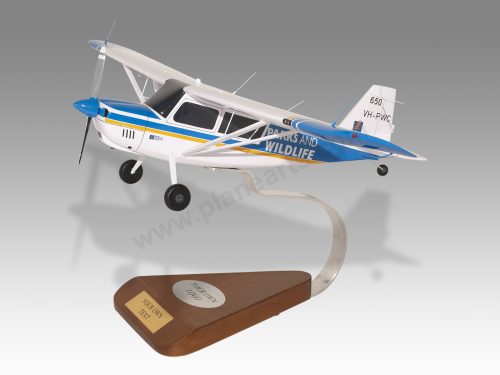
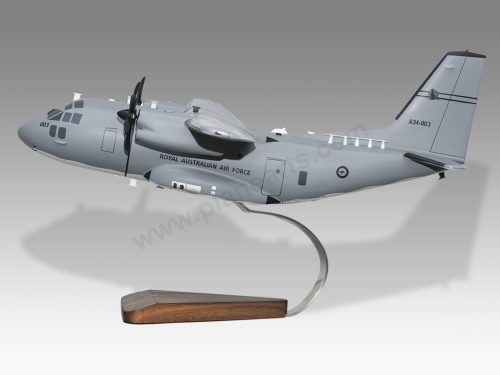

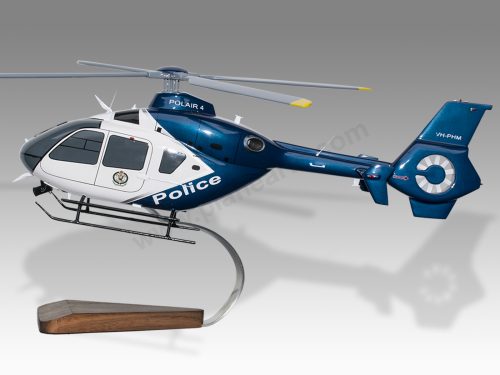



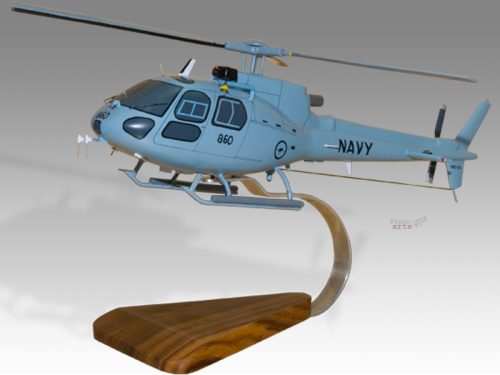
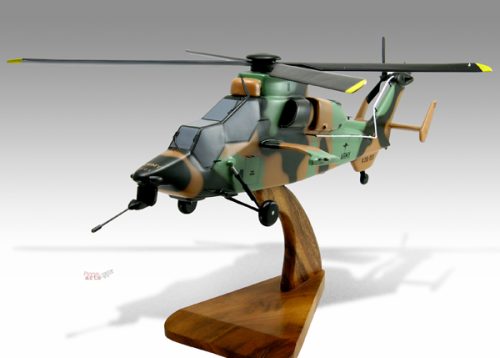
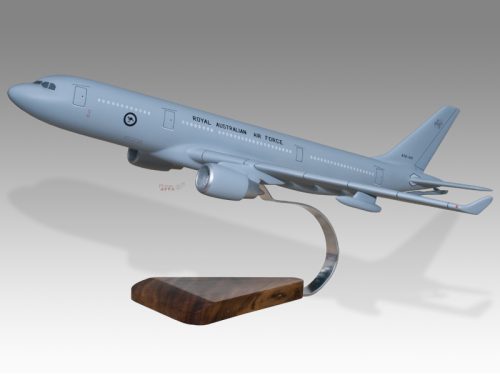

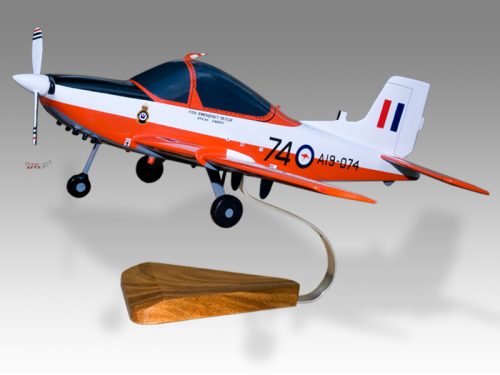

Reviews
There are no reviews yet.